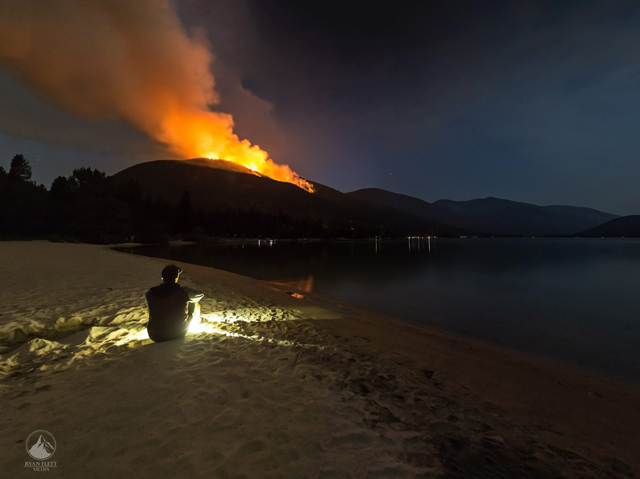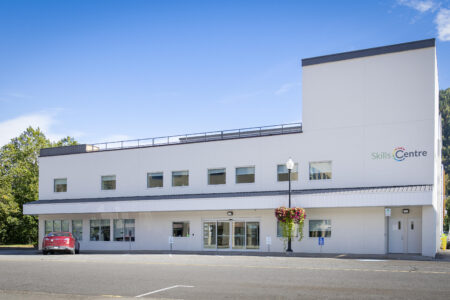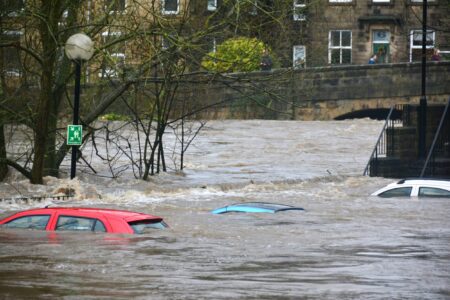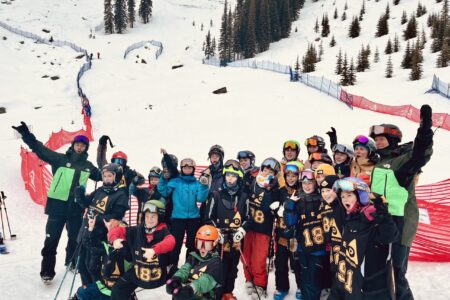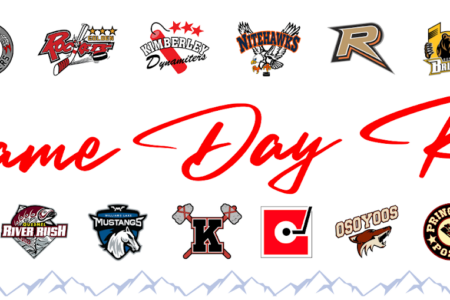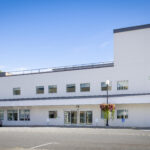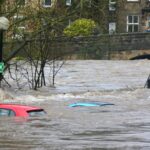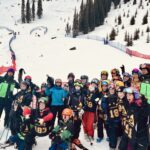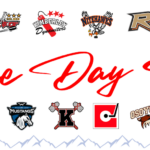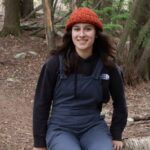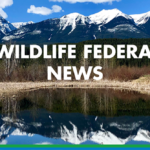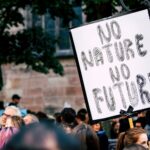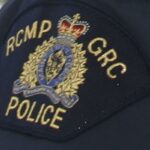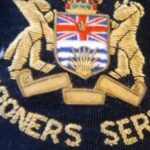Variable rain puts damper on current fire season
A consistent peppering of precipitation at the right time has put a damper on the current fire season and made it one of the quietest in several years.
The region bounded by the Southeast Fire Centre — which covers the area extending from the U.S. border in the south to Mica Dam in the north and from the Okanagan Highlands and Monashee Mountains in the west to the B.C.-Alberta border in the east — has been experiencing variable precipitation amounts since June, said the centre’s fire information officer, Karlie Shaughnessy.
“This variable precipitation helps keep the fire danger rating low and the forest fuels saturated enough so when lightning does strike, it doesn’t necessarily always ignite a forest fire or it slows the spreading enough so we can put out the fires while their still small,” she said.
But historically, the Southeast Fire Centre — which includes the Selkirk Natural Resource District and the Rocky Mountain Natural Resource District — receives the least amount of precipitation in the months of August and September, meaning the fire season could pick up.
“Although some areas have received increased amounts of precipitation recently, it may not be sufficient to reduce wildfire risks in the long term,” said Shaughnessy.
The fire danger varies in the entire West Kootenay region, but it remains medium in areas around Nelson, with only Grand Forks at extreme danger.
All of the current inactivity has kept the Southeast fire crews at home this summer. With little active fires throughout the province, all Southeast crews are located at their respective home bases keeping busy with small local fires, project work or training.
“Earlier in the season we saw heavy fire activity in the Prince George Fire Centre and deployed 192 Southeast personnel to assist,” said Shaughnessy. “We also sent 47 personnel to Alberta to help with the Fort McMurray fire.”
Since the current fire season began April 1, the B.C. Wildfire Service has responded to a total of 106 wildfires in the Southeast Fire Centre, which have burned 333 hectares. Sixty-six of those fires were lightning-caused and 40 were human-caused.
The five-year average for this time of year is 202 fires and 1,326 hectares, putting the current fire season well below the five-year average.
So far this year in British Columbia, 1,260 wildfires have burned 312,618 hectares of land, compared to 11,351 hectares in 2013. The 10-year average for this time of year is 93,664 hectares.
More than 1,350 provincial staff, nearly 650 B.C. contractors, over 360 out-of-province personnel and 75 personnel from Australia are currently engaged in fire response efforts in B.C.
However, the smoke that’s currently visible in many areas of the Southeast Fire Centre is originating from several wildfires burning across the border in Idaho and Washington State.
Although there are no significant wildfires in the southeast region that would produce the volume of smoke now being seen in the area, said Shaughnessy, there are currently 13 B.C. Wildfire Service personnel responding to two spot-sized fires north of Salmo.
“These small, lightning-caused fires are not threatening any communities or structures, but smoke from these fires may be visible from Ymir, Salmo and Highway 6,” she said.
Nelson and surrounding areas will continue to experience smoky conditions so long as the wind from the south continues.
Fire restrictions
Despite recent rainfall and cooler temperatures, category 2 and 3 open fires are prohibited in the Southeast Fire Centre to help prevent human-caused wildfires and protect public safety.
Specifically, this order prohibits:
- The burning of any waste, slash or other materials;
- Stubble or grass fires of any size over any area;
- The use of fireworks, sky lanterns or burning barrels of any size or description;
- The use of binary exploding targets (for rifle target practice);
- The use of air curtain burners.
However, the prohibition does not apply to campfires — there are currently no campfire bans in effect for the Southeast Fire Centre — cooking stoves that use gas, propane or briquettes.
Shaughnessy explained that the prohibition covers all B.C. parks, Crown lands and private lands, but it does not apply within the boundaries of a local government (like Nelson) that has forest fire protection bylaws in place and is serviced by a fire department.
There are currently no forest use restrictions in effect for the Southeast fire centre.
Anyone found in contravention of an open burning prohibition may be issued a violation ticket for $1,150, required to pay an administrative penalty of $10,000 or, if convicted in court, fined up to $100,000 and/or sentenced to one year in jail.
If the contravention causes or contributes to a wildfire, the person responsible may be ordered to pay all firefighting and associated costs.
To report a wildfire, unattended campfire or open burning violation, call 1-800-663-5555 toll-free or *5555 on a cell phone.
For the latest information on current wildfire activity, burning restrictions, road closures and air quality advisories, visit: http://www.bcwildfire.ca.


